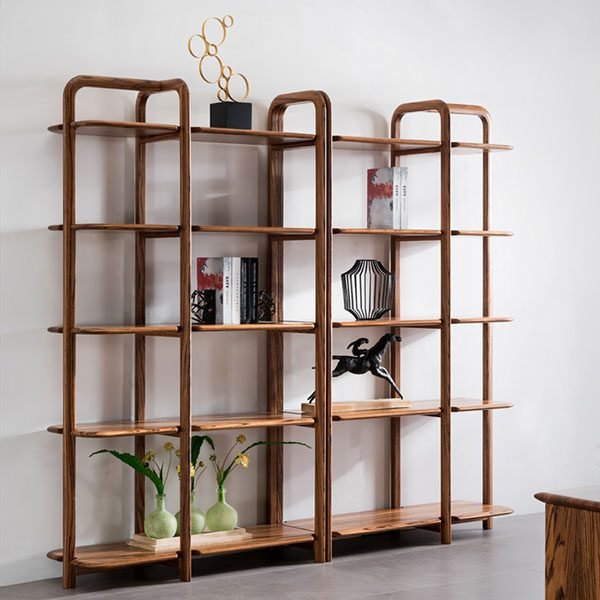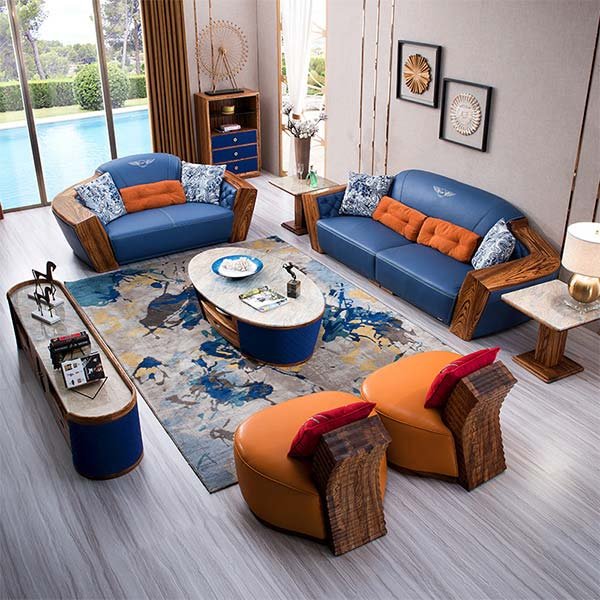“Arrange with care, create a space that’s fair.”
Furniture Arrangement Tips for a Small Living Room
Arranging furniture in a small living room can be a challenging task, but with the right tips and tricks, you can make the most of the space you have. One of the key things to keep in mind when arranging furniture in a small living room is to prioritize functionality and flow. By carefully considering the layout of your furniture, you can create a space that is both stylish and practical.
When it comes to arranging furniture in a small living room, one of the most important things to consider is the size and scale of your furniture. Opt for smaller pieces that are proportionate to the size of the room, as oversized furniture can make the space feel cramped and cluttered. Additionally, consider the placement of your furniture in relation to the windows and doors in the room. Avoid blocking natural light sources and ensure that there is enough space to move around freely.
Another tip for arranging furniture in a small living room is to create distinct zones within the space. By dividing the room into different areas for lounging, dining, and entertaining, you can maximize the functionality of the space. Use area rugs, lighting, and furniture placement to delineate each zone and create a cohesive look.
When arranging furniture in a small living room, it’s also important to consider the traffic flow in the room. Make sure there is enough space between furniture pieces to allow for easy movement throughout the space. Avoid placing furniture directly in front of doorways or walkways, as this can impede the flow of traffic and make the room feel cramped.
Incorporating multifunctional furniture pieces is another great way to maximize space in a small living room. Look for pieces that can serve multiple purposes, such as a coffee table with storage or a sofa bed for overnight guests. By choosing furniture that is both stylish and practical, you can make the most of your small living room.
When arranging furniture in a small living room, don’t be afraid to get creative with your layout. Experiment with different furniture arrangements until you find one that works best for your space. Consider using modular furniture pieces that can be easily rearranged to suit your needs. Additionally, don’t be afraid to think outside the box and consider unconventional furniture placement options, such as floating shelves or wall-mounted furniture.
In conclusion, arranging furniture in a small living room requires careful consideration of size, scale, functionality, and flow. By prioritizing these factors and following the tips outlined above, you can create a stylish and functional living room that makes the most of your space. Remember to experiment with different furniture arrangements and don’t be afraid to get creative with your layout. With a little bit of planning and creativity, you can transform your small living room into a stylish and inviting space.
Creative Ways to Maximize Space in Your Living Room
When it comes to arranging furniture in a living room, it’s important to maximize the space you have available. Whether you have a small living room or a large one, there are creative ways to make the most of the space and create a functional and stylish room.
One of the key things to consider when arranging furniture in a living room is the layout of the room. Think about the flow of the room and how you want to use the space. Consider the focal point of the room, whether it’s a fireplace, a TV, or a beautiful view. Arrange your furniture around this focal point to create a cohesive and inviting space.
Another important factor to consider when arranging furniture in a living room is the size and scale of the furniture. Make sure that the furniture you choose fits the scale of the room and doesn’t overwhelm the space. If you have a small living room, consider using furniture with clean lines and a light color palette to create a sense of openness and airiness.
One creative way to maximize space in a living room is to use multifunctional furniture. Look for pieces that serve more than one purpose, such as a coffee table with storage or a sofa that can be converted into a bed. This will help you make the most of the space you have available and keep your living room organized and clutter-free.
Another creative way to maximize space in a living room is to use vertical storage solutions. Consider adding shelves or bookcases to the walls to free up floor space and create a sense of height in the room. You can also use wall-mounted storage units or floating shelves to display decorative items and keep clutter off the floor.
When arranging furniture in a living room, don’t be afraid to experiment with different layouts and configurations. Try moving furniture around to see what works best for your space and how you use the room. You may find that a different arrangement can completely transform the look and feel of your living room.
In conclusion, there are many creative ways to maximize space in your living room and create a functional and stylish room. By considering the layout of the room, the size and scale of the furniture, and using multifunctional and vertical storage solutions, you can make the most of the space you have available and create a living room that is both beautiful and practical. Experiment with different layouts and configurations to find what works best for your space and enjoy your newly arranged living room.
Choosing the Right Furniture Layout for Your Living Room
When it comes to designing your living room, one of the most important aspects to consider is the furniture layout. The way you arrange your furniture can have a big impact on the overall look and feel of the room. In this article, we will discuss some tips and tricks for choosing the right furniture layout for your living room.
First and foremost, it’s important to consider the size and shape of your living room. If you have a small space, you’ll want to choose furniture that is proportionate to the room. Avoid overcrowding the space with too much furniture, as this can make the room feel cramped and cluttered. Instead, opt for a few key pieces that will make a statement without overwhelming the space.
On the other hand, if you have a larger living room, you have more flexibility in terms of furniture placement. Consider creating different zones within the room, such as a seating area, a reading nook, or a TV watching area. This can help to define the space and make it feel more cohesive.
Another important factor to consider when choosing a furniture layout is the function of the room. Think about how you will be using the space on a day-to-day basis. If you like to entertain guests, you may want to create a seating area that is conducive to conversation. If you have a family, you may want to prioritize comfort and durability when choosing furniture.
In addition to considering the size and function of the room, it’s also important to think about the flow of traffic. Make sure there is enough space for people to move around comfortably without bumping into furniture. Consider the placement of doors and windows, and make sure that furniture doesn’t block any important pathways.
When it comes to arranging your furniture, there are a few key principles to keep in mind. First, consider the focal point of the room. This could be a fireplace, a TV, or a large window with a view. Arrange your furniture around this focal point to create a sense of balance and harmony in the room.
Next, think about creating a sense of symmetry in the room. This doesn’t mean that everything has to be perfectly symmetrical, but rather that there is a sense of balance in the placement of furniture. For example, if you have a large sofa on one side of the room, balance it out with a couple of armchairs on the other side.
Finally, don’t be afraid to experiment with different furniture layouts until you find one that works for you. Move pieces around, try different configurations, and see what feels right. Remember that the goal is to create a space that is comfortable, functional, and visually appealing.
In conclusion, choosing the right furniture layout for your living room is an important aspect of interior design. By considering the size and shape of the room, the function of the space, and the flow of traffic, you can create a layout that is both practical and aesthetically pleasing. Remember to consider the focal point of the room, create a sense of symmetry, and don’t be afraid to experiment until you find the perfect arrangement. With these tips in mind, you can create a living room that is both stylish and functional.
Заключение
Arrange furniture in a living room to create a functional and visually appealing space. Consider the size and layout of the room, the traffic flow, and the focal point. Place larger pieces first, such as the sofa and coffee table, and then add smaller pieces like accent chairs and side tables. Leave enough space for easy movement and ensure that all furniture is proportionate to the room. Add personal touches with decorative items like rugs, pillows, and artwork to complete the look.



